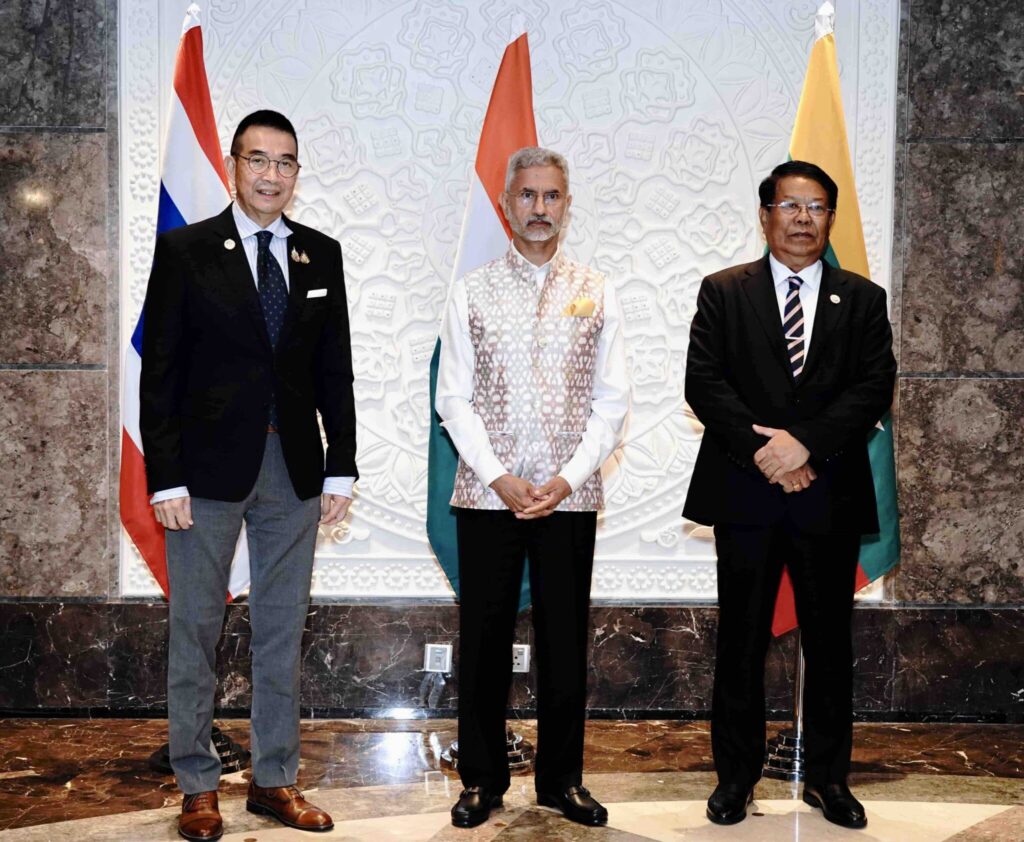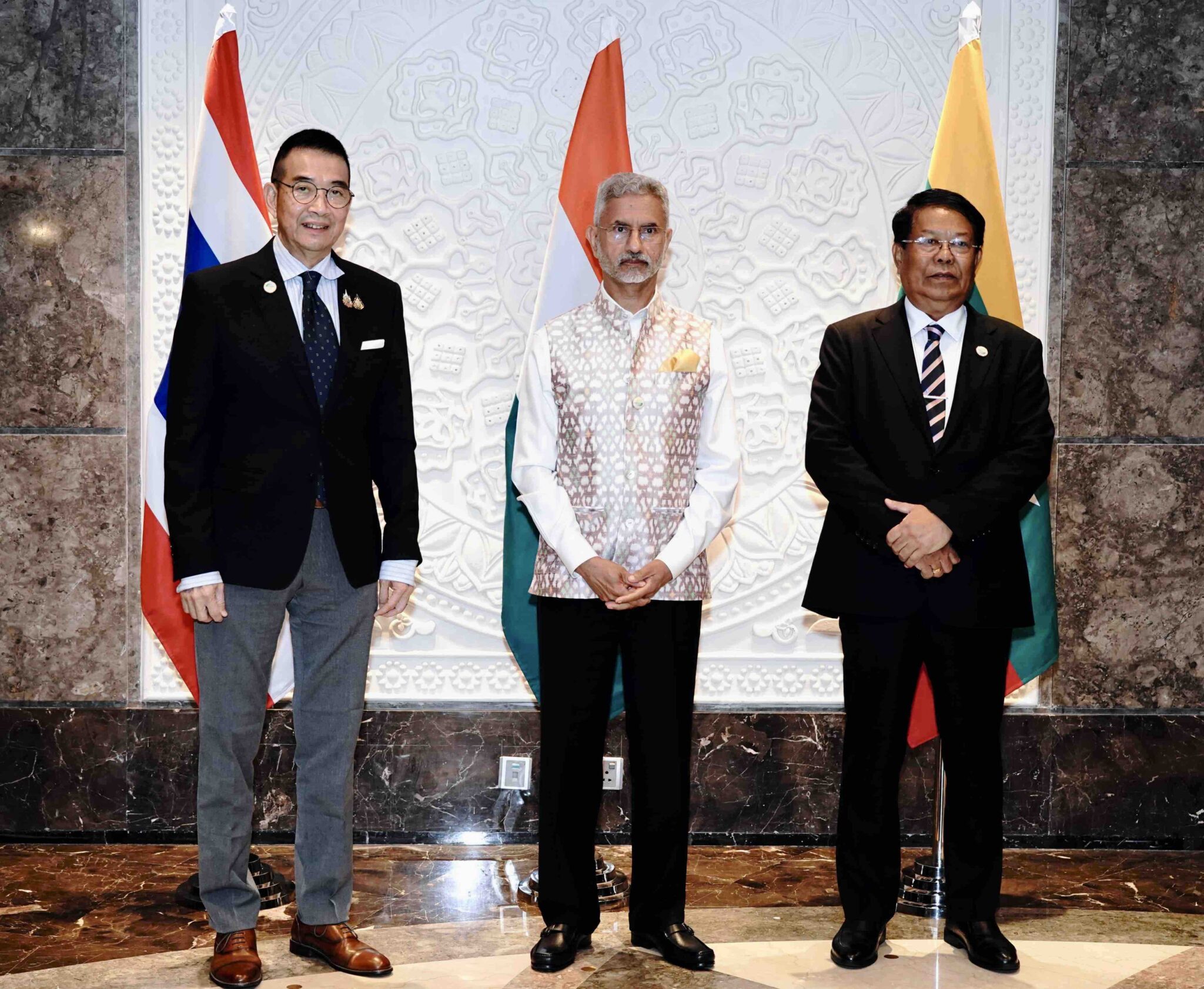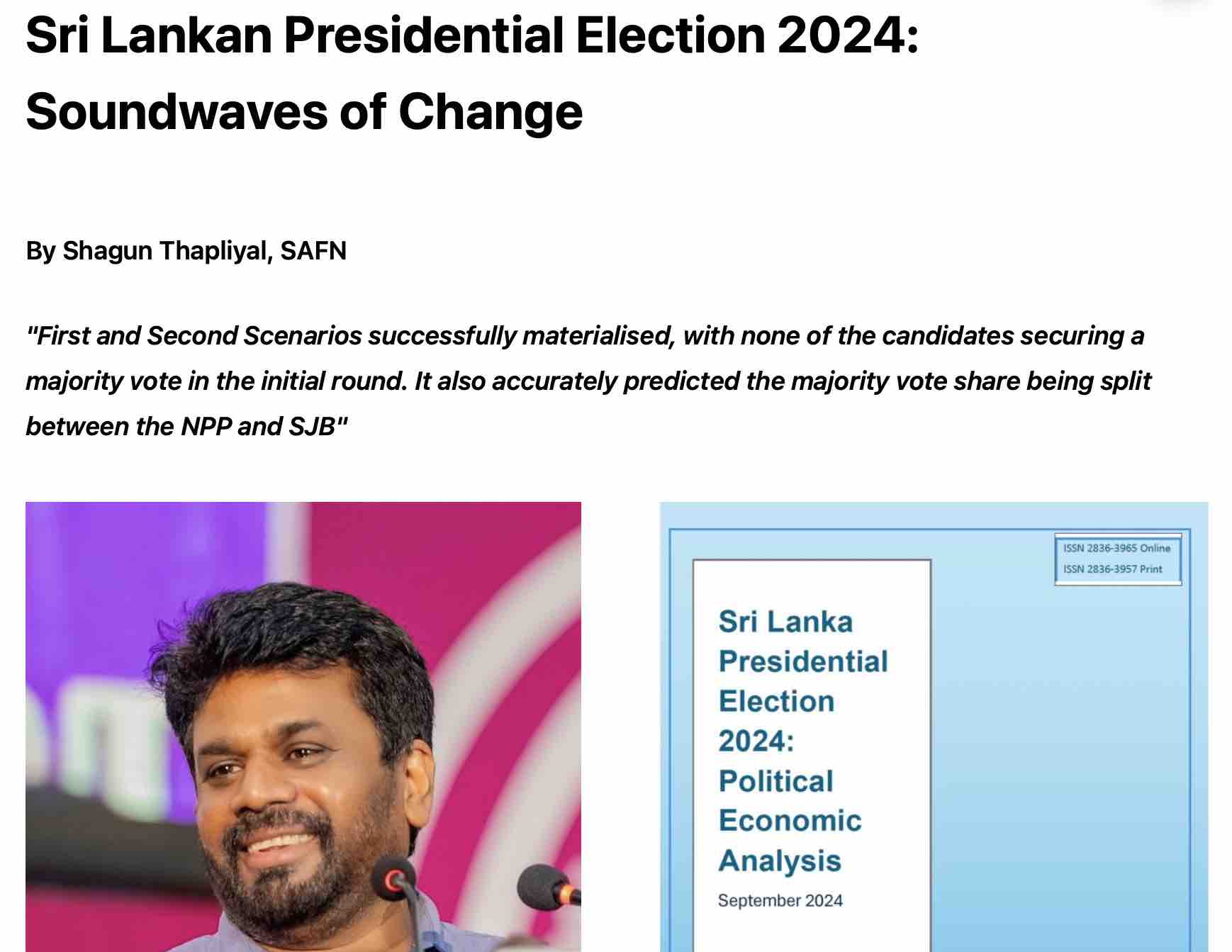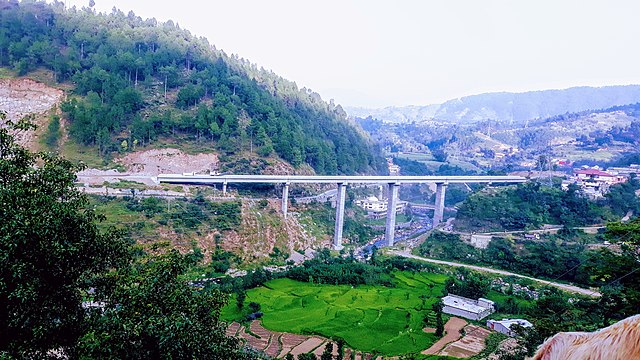By Shagun Thapliyal
“Myanmar is a crucial player for India, which acts as a bridge between South and Southeast Asia”

When people talk about India’s relationship with its neighbours, we tend to forget about its South-East Asian Neighbour, Myanmar. It is an important country for India due to its role as a gateway towards the Indo-China Peninsula and as a collaborator for economic and social engagements through BIMSTEC and ASEAN. The latest meeting between the two countries’ Foreign Ministers over the sidelines of BIMSTEC shows a glimmer of cooperation after a slowdown in ties due to the Civil War in Myanmar.
“India is Myanmar’s 4th largest trading partner and second-largest export market after Thailand”
History of the Bilateral Ties
India and Myanmar are connected through historical exchanges ranging from Religion to Language. However, the significant impact of these ties was cemented in the colonial era when the British established their imperial presence and colonised the two countries into a single dominion. The last Mughal Emperor, Bahadur Shah Zafar and his family were deported to Rangoon (Present Day Yangon) and spent their remaining days there. He was buried near the Shwedagon Pagoda however his burial site was forgotten until its discovery in 1991. A Masaloum was built in 1994 at the site; Muslims visit it as a religious location for pilgrimage. Former Indian PM Manmohan Singh Visited this place in 2012 during his visit to the country.
The two countries have cordial ties post-independence. The two countries’ leaders have visited each other frequently and collaborated deeply over economic ties, the presence of the Indian Diaspora and cultural relations. The two countries also closely worked together to counter Insurgent leaders’ activities through joint military actions
Bilateral ties in the 21st century
In the 2000s, the bilateral ties focused on enhancing economic cooperation and infrastructural development. India is Myanmar’s 4th largest trading partner and second-largest export market after Thailand, absorbing 25 per cent of its total exports. India is also the seventh most important source of Burma’s imports.
The two governments had set a target of achieving $1 billion, and bilateral trade reached US$1.3 billion by 2017. Though India’s private sector has been low due to political uncertainty, both governments have promised to enhance cooperation in various sectors including agriculture, telecommunications, information technology, energy etc. Some of the major infrastructural projects include the Indo-Myanmar Friendship Road, the Kaladan Multi-Modal Transit Transport Project and the “India–Myanmar–Thailand Trilateral Highway (IMT Highway)”.
On the defensive front, Indian and Myanmar troops carried out jointly Operation Sunrise and Operation Sunrise 2 in 2019 to destroy several insurgent camps within their countries. India has supported Myanmar in its efforts to combat Rohingya insurgent groups like the Arakan Rohingya Salvation Army (ARSA) and Aqa Mul Mujahideen (AMM) as Indian intelligence agencies discovered links between the Burmese terror groups with Lashkar-e-Taiba (LeT) and Jaish-e-Mohammed (JeM) as well as their involvement in the terror activities in Kashmir. India has also provided support to the military forces of Myanmar through the sale of weapons and vehicles
India has often been criticised for its silence over human rights concerns and the political instability within the country. However, India often stated that they won’t intervene in the internal affairs of its neighbours but India always can play the role of a mediator of the ongoing tensions, alongside Thailand who are also concerned with the same.
Track Two Diplomacy: An Unchartered Territory
“the two countries still lack awareness about each other, not only at an academic level but also on a people-to-people level.”
Despite the high level of diplomatic engagement, the two countries still lack awareness about each other, not only at an academic level but also on a people-to-people level. Track two engagement here becomes highly critical as it will enable a conversation on how to increase collaborations to revitalise the relationship between the two countries and pave the way to a peaceful era within Myanmar and the region as a whole.
The potential areas of collaboration that come to the forefront are India-ASEAN Relations, Climate Change, Sustainable development and heritage preservation. It will allow various think tanks worldwide to work together and involve a large set of professionals from all walks of life on impactful projects. ASEAN Nations and other like-minded countries can work together as potential partners in these initiatives as well as become active players in the peace negotiations between the Military Junta, Exiled and Jailed Political Leaders and rebel groups.
Track Two can focus not only on the diplomatic front of the countries but also explore potential avenues such as joint historical research and youth exchange programmes. Another avenue that can be explored for collaboration is the area of religious studies. India has been focusing on the promotion of Buddhism as a soft power and Myanmar being a Buddhist Nation can take this as an opportunity.
Conclusion
Myanmar is a crucial player for India, which acts as a bridge between South and Southeast Asia at the continental level. However, the two countries need to be active in their engagements in not only reviving the simmered ties but also increasing engagement at an intellectual level for conversations on innovative ideas on the contemporary challenges faced by the two nations.
Shagun Thapliyal is a Research Assistant/Intern at SAFN; She is a Master’ Student at Jindal School of International Affairs (JSIA)| Analysing Geopolitics and Public Diplomacy worldwide with a Special focus on the Indo-Pacific.



